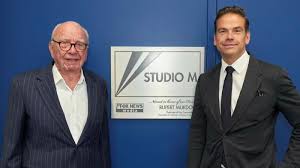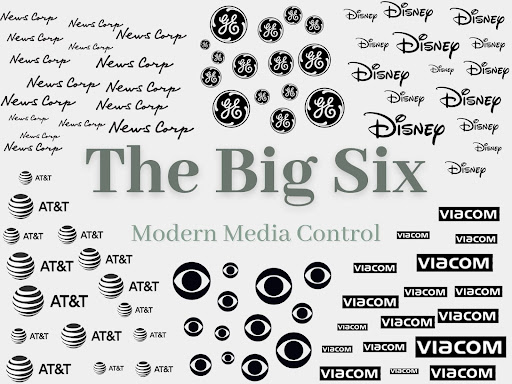Photo by Mira Nalbandian
Manufacturing consent is closely tied to the media’s control of public opinion. Various types of media are involved, including news media and entertainment media. Throughout history, the media’s control has never been greater than it is today.
As we know, one’s preferred news source is closely tied to their stance on political and socioeconomic opinions. Whether they read a far-right source like Fox News or a ‘slightly’ left-leaning source like The Washington Post, this choice is made with ‘free will.’ With the belief that the ideas they are reading are authentic for the audience and that they should be trusted. Here is where the reality of ‘The Engineering Of Consent,’ defined in 1947 by Edward Bernays, comes in. The Engineering of Consent entails a democracy in which there is a heavy control method in place without the obvious propaganda tactics that extremist governments use. With this, the people of the country feel as though they have the power to think their own original thoughts, not realizing they are subliminally being controlled by media all around them. ‘The United States has become a small room in which a single whisper is magnified thousands of times’ (Bernays, 1947). The way Bernays puts this is magnificent because it really is the truth. With no regulations in place considering the obvious possibility of abuse of power, there is truly no innocent, unbiased media for consumers.
In the USA, 90% of the media is controlled by six large companies. In the world of media, biases are interconnected everywhere, giving those in power the authority to decide what is published when and where. A glaring example of this is the Murdoch family. They own Fox News, The Times of London, and The Wall Street Journal. As a consumer, I have always associated The Times with a very different stance and demographic than Fox News, yet if the same people own it, how different can it be? The owner, Rupert Murdoch, is known to use his ownership of news organizations to his advantage, ‘switching the Sun’s support to Tony Blair’s Labour party in the general election of 1997’ (Ellen et al., 2023). In the past, he was known to make sudden switches to his news organization’s political affiliations during the upcoming election season. This was for no one’s advantage but his own pockets.

Mass ownership and mass manipulation make the consumer a victim in this scenario. In 1988, two theorists, Edward S. Herman and Noam Chomsky, identified this pattern and created the ‘propaganda model.’ The first part is Ownership. With such subjective ownership, media cannot resonate or identify with minority groups of people. ‘Therefore, the PM would not apply to nations, societies, and communities where alternative forms of organization and values appear’ (Pedro-Carañana, Broudy, and Klaehn, 2018). If all the people at the top of the food chain have no idea how people live in the real world, then will the genuine people’s struggles and tribulations ever be fairly represented? The next filter of the propaganda model is advertising. Advertisement is a crucial part of the economic status, being the top revenue earner for the media. Since companies rely on this so heavily, the consumer base targeted will always be middle to upper-class, people who are willing to spend on a non-necessity after seeing an advertisement. The next three filters are sourcing, FLAK, and anti-communism. These three filters all police the media in different ways, ways unrecognizable to the bare eye. With so many intricate propaganda tactics to analyze, the propaganda model could keep you busy for hours.
Bernays, E. (1947). The Engineering of Consent. [online] Available at: http://www.fraw.org.uk/data/politics/bernays_1947.pdf [Accessed 18 Nov. 2023].
Ellen, B., Thompson, R., Hain, P., Mohan, D., Enders, C. and Enders, A. (2023). Rupert Murdoch made his own rules – what is the media mogul’s real legacy? The Observer. [online] 23 Sep. Available at: https://www.theguardian.com/media/2023/sep/23/rupert-murdoch-made-his-own-rules-what-is-the-media-moguls-real-legacy#:~:text=Newspaper%20assets%20allowed%20Murdoch%20to [Accessed 18 Nov. 2023].
Pedro-Carañana, J., Broudy, D. and Klaehn, J. (2018). The Propaganda Model Today: Filtering Perception and Awareness. [online] Google Books. University of Westminster Press. Available at: https://www.google.co.uk/books/edition/The_Propaganda_Model_Today/UgsNEAAAQBAJ?hl=en&gbpv=1&dq=the+propaganda+model&printsec=frontcover [Accessed 21 Nov. 2023].


I did not know all these news outlets were owned by the same person, I also thought they would have different owners due to the different demographics and stances. Additionally, what are ways can a consumer be cautious when being online and influenced by propaganda everywhere?